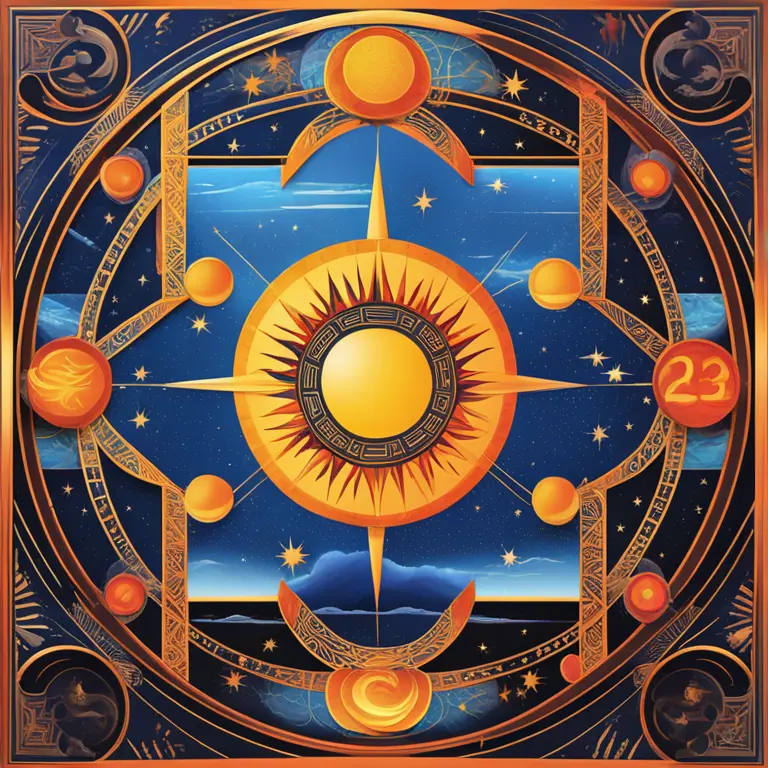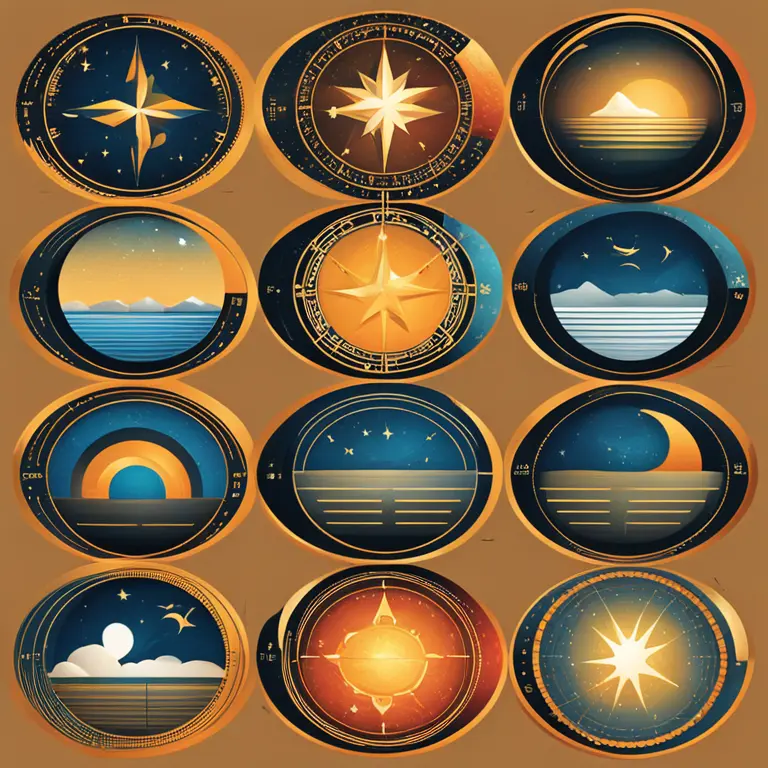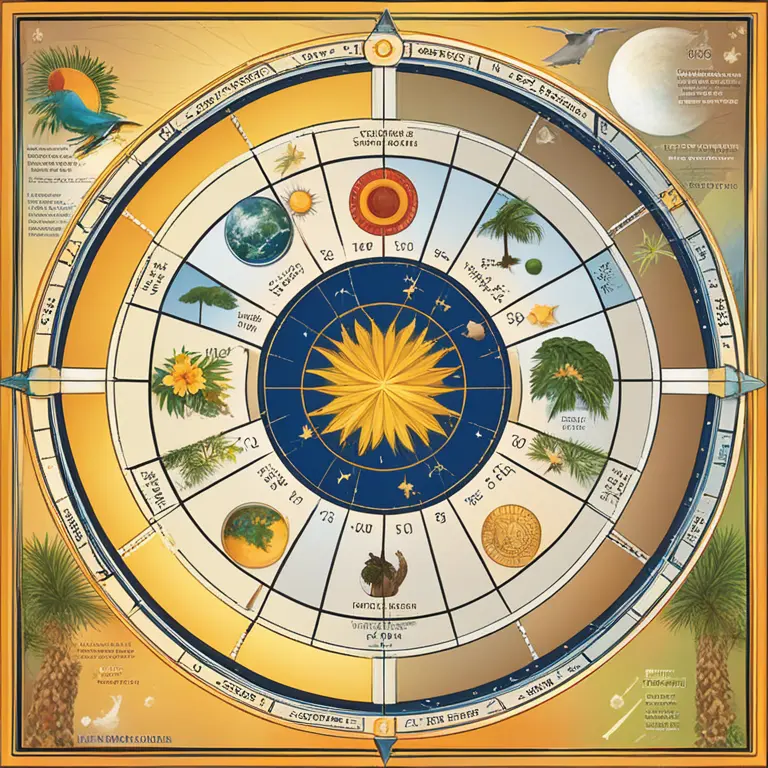
The Zodiac in Astronomy: A Celestial Guide
Discover the astronomical foundations of the zodiac, the celestial belt that's central to horoscopes and astrological signs.
article by Priya Deshmukh
Zodiac: An Astronomical Basis
The zodiac, a well-known concept in astrology, is deeply rooted in astronomical observations. It refers to an imaginary belt in the heavens through which the Sun, Moon, and planets appear to move over the course of a year. This band is divided into twelve equal parts, each associated with a constellation that has given the name to the corresponding zodiac sign. While astrology imbues these signs with personality traits and predictive powers, their origins lie in the predictable movement of celestial bodies in the sky.

The Ecliptic: Path of the Sun
Central to understanding the zodiac is the ecliptic—the apparent path that the Sun traces in the sky over the year. This path is crucial because the zodiac signs are anchored along it. Ancients observed that the Sun seemed to pass through specific constellations during its annual journey, and these constellations became the zodiac's twelve segments. Today, astronomers can accurately chart the ecliptic and illustrate how the Sun's apparent motion connects to the zodiac signs.

The Twelve Zodiac Constellations
Each of the twelve segments represents a zodiac constellation, although not all the stars within these constellations are used in defining the sign's borders. The zodiac constellations – Aries, Taurus, Gemini, Cancer, Leo, Virgo, Libra, Scorpio, Sagittarius, Capricorn, Aquarius, and Pisces – serve as celestial markers. Due to the Earth's axial precession, the constellations' positions shift slightly over time, a phenomenon known as the precession of the equinoxes, affecting their relation to astrology.

The Tropical and Sidereal Zodiacs
In astrology, there are two main systems to map the zodiac: tropical and sidereal. The tropical zodiac, used predominantly in Western astrology, aligns the signs with the seasons, starting with Aries at the vernal equinox. The sidereal zodiac, prevalent in Eastern traditions like Vedic astrology, is tied directly to the actual positions of the constellations. Over centuries, the difference between these systems has grown due to precession, and they now differ by about one zodiac sign.

Tuning Into the Future: Astrology in 2024 and Beyond
As we venture into 2024 and further, astrology continues to be a cultural touchstone for those seeking self-understanding and celestial guidance. While the practice itself falls outside the realm of empirical science, it maintains a storied tradition that intersects with astronomy. Astrologers create forecasts based on complex charts that consider the positions of stars and planets, and for the modern enthusiast, understanding these celestial movements remains key to interpreting astrological predictions.
Astronomy vs. Astrology: Clarifying the Distinctions
It is essential to distinguish between the methodologies of astronomy and astrology. Astronomy is a scientific discipline focused on the study of celestial objects, phenomena, and the physics governing the universe. Astrology, on the other hand, is a more mystical system that suggests a connection between the positions of celestial bodies and events on Earth, including individual human lives. While their names and historical development are intertwined, their approaches and interpretations are markedly different.
Published: 2/5/2024
Modified: 2/6/2024
More predictions
Come back here soon to learn more about yourself and your future


The Astrological House System: Core Spheres of Life
Delve into the foundation of astrology through the house system – spheres of influence guiding your path in the cosmic blueprint.


The Mystery of 5 Empty Houses in Astrology
Discover the significance of empty houses in your astrological chart and what they reveal about your life journey and potential.


The Influence of Dominant Houses in Astrology
Discover how dominant houses in your astrological chart shape your personality, life path, and experiences through their profound astrological influence.